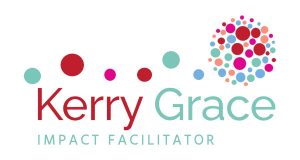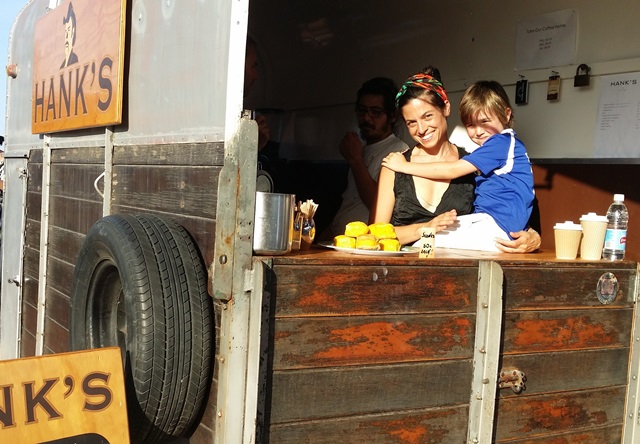Aunty Jo-Anne Kelly often speaks about weaving together elements of community to create change. Led by the people elements, drawing the strategies, programs and resources in place to create something lasting and reverent is what she aspires to, and works steadily towards every day.
Weaving community may start with an engagement activity, or a consultation however this is only ever a starting, or continuing point and never the end goal.
Effective community weaving takes time and as the process grows so does the ability of those involved at the core to move collectively in any given direction.
You don’t always have to like every stakeholder involved when you’re weaving community, but you do need to understand they all have a role in the broader result.
Weaving community is the 100, 1000 conversations with as many stakeholders as can be engaged, it’s sitting still and noticing what’s really going on and it’s about learning and evolving over time.
This is how the work really gets done. Things like levels of trust, speed to react, resource sharing and even information sharing are some of the spoils of effective community weaving.
Yet, we are often in too much of a hurry, too under-resourced or have tight KPIs to tick leaving little time for this to happen.
Over decades working in small communities my observation has been that we place far too much emphasis on the latest program, activity or shiny thing, rarely enough on the processes that lie beneath, the processes that weave our communities together.
The problem with shiny things is that they are often grant dependent and when they stop, so does the great work. Or, at least it appears to.
And while we can cut ribbons on things that are new, it’s very hard to wrap a rich and trusting relationship; or mutual respect and willingness to collaborate in a picture-worthy bow.
In every community I’ve worked in, people like Aunty Jo carry this work from role to role, program to program taking with them the social capital, or, soft infrastructure they have built and continuing to thread things together including new elements as they emerge.
This stuff takes time, and it’s often done by people who feel a deep connection in their place, and a calling to do what is needed to make their place a safe home for many.
Rena Shein, Cath Keyzer and Julia Sideris work in communities to create deep connections using art therapy. They have been working in Kempsey for many years. In their partnership, We3 they work with communities to create sustainable change. Their work respects the values of Indigenous ways of healing and they gently incorporate this through art practice, therapy and building community connection which they say is the core of their work as it builds trust and understanding.
In their work they hold the deepest traumas of the community giving space for people to share their stories in a non-judgemental space.
The real work, they say is in being present and available and being able to hear, not try to fix the stories that have been brought.
Rena and Cath tell me that one of the keys to the success of their work is to keep turning up building layers on the connection. It takes time and it can’t always be planned, the community weaving.
In designing the Ready Communities program, an ongoing conversation between co-founder, Chad Renando and I is about how we leave legacy in the community, essentially, support the community weaving, and the community weavers rather than coming over the top as ‘experts’.
One of our methodologies is to ensure that the program starts with an existing organisation, such as Aunty Jo’s program, Learning the Macleay in Kempsey and that skills are embedded in the community as we go, and not just pragmatic skills related to the program themes – the underpinning skills to ensure the activities can be replicated again, and again.
And, as we go we are constantly on the lookout for new ways to bring communities together, beyond sticking people in a room and running a conversation that goes no further than the butchers paper it’s recorded on.
More on Ready Communities here
And more on just some of Aunty Jo’s incredible work here
Featured photo by Ivana Matijevac on Unsplash


